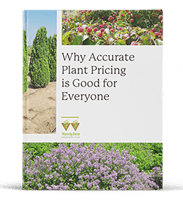Are we getting the best plant for the best price?
Purchasing the best plant material for the best price--that’s what we all want. And the best field production growers are driven by a desire to produce and sell high value plant material for a fair price.
At each stage of the sales process -from grower to buyer to residential or commercial customer- everyone has the same plant pricing questions: Are we getting the best plant for the price? What makes this one worth more than the others we were considering? Can I get something nearly as good for less?
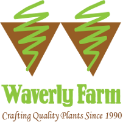



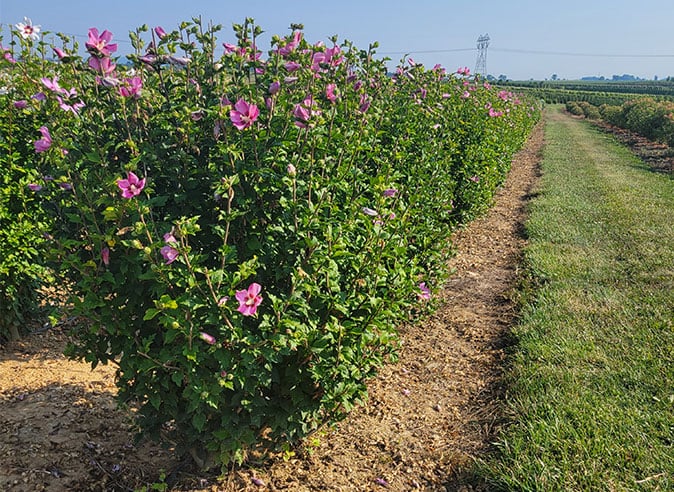
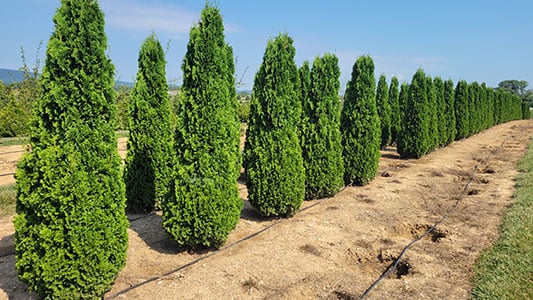 In both cases however, we must clearly define the concept of value--especially for the higher priced material, the specialty material, the hard to find material. And that is a good discussion to have with customers because it brings transparency to an issue nobody is eager to talk about.
In both cases however, we must clearly define the concept of value--especially for the higher priced material, the specialty material, the hard to find material. And that is a good discussion to have with customers because it brings transparency to an issue nobody is eager to talk about. 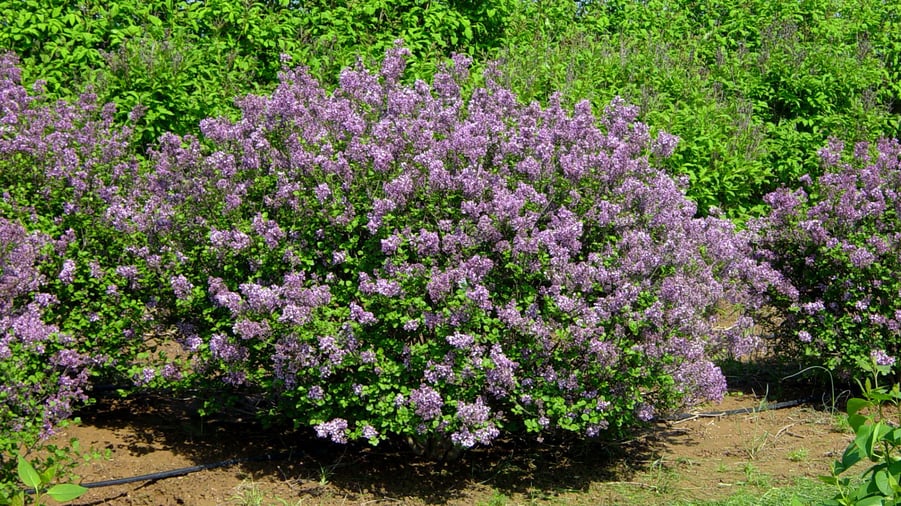
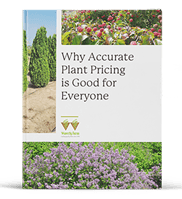


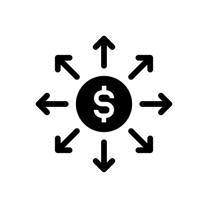


.png?width=208&height=208&name=noun_Water_3244471%20(1).png)


.png?width=208&height=208&name=noun_Brush%20Harvesting_7168%20(1).png)
